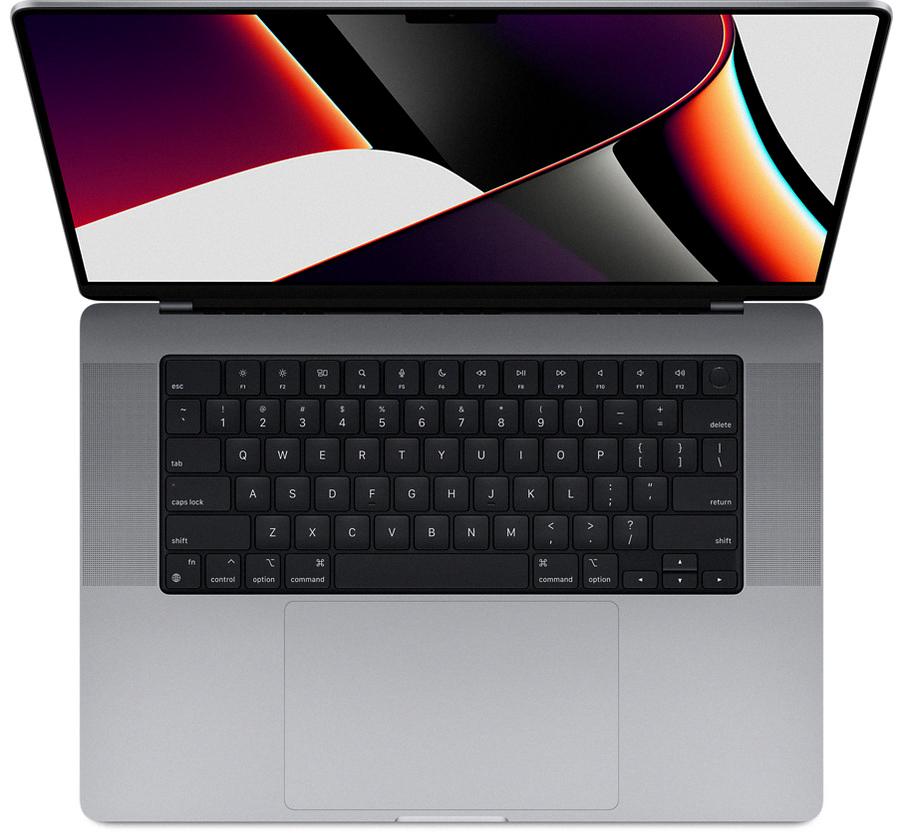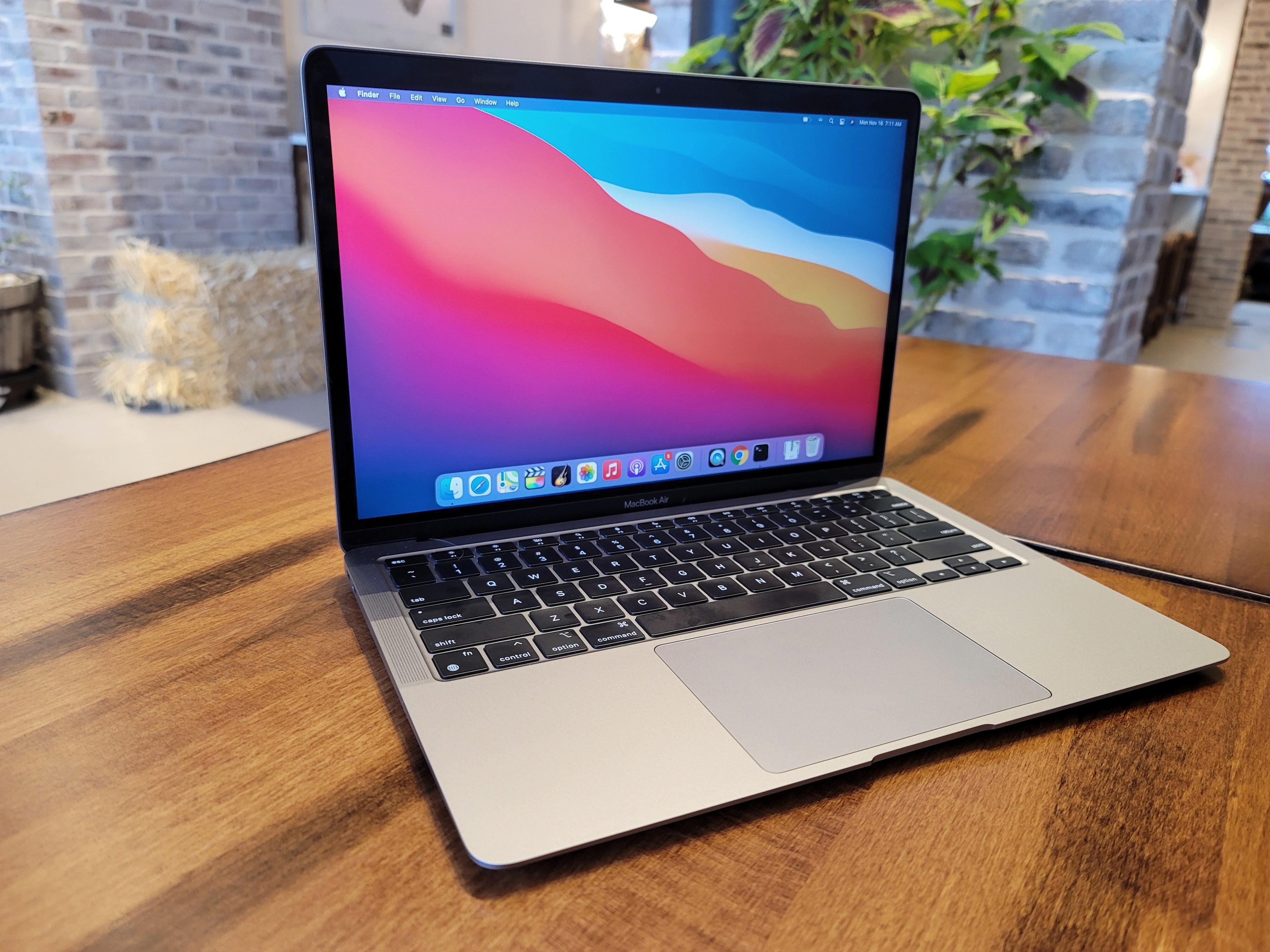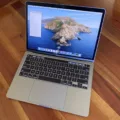Are you having trouble with your MacBook screen turning off unexpectedly? It can be quite frustrating when your Mac’s display shuts off and won’t turn back on. Fortunately, there are a few simple steps you can take to troubleshoot this issue and get your Mac back up and running.
First of all, check to make sure your Mac is not in sleep mode. To do this, press the power button for a few seconds until the computer wakes up. If this doesn’t work, try pressing the Command (?)-R keys simultaneously until an Apple logo or other image appears on the screen.
If neither of these solutions works, it may be worth trying to reset your system management controller (SMC). The SMC controls many of the hardware components in your Mac including its power management settings. To reset it, shut down your computer and unplug any external devices attached to it such as mice or keyboards. Then hold down the power button for about 10 seconds before releasing it. Plug in any external devices and restart the computer.
If these steps don’t help, it’s possible that something more serious is wrong with your display or hardware components and you may need to take it into a store for repair or replacement.
We hope that one of these solutions helps you get back up and running with your MacBook! If you have any questions or issues concerning this process, please feel free to reach out to us at our customer service center and we’ll be more than happy to help!

Source: apple.com
Reasons for Mac Display Turning Off
Your Mac display may be turning off due to the energy-saving settings on your computer. To save energy, both your Mac and its display can automatically go to sleep after a certain amount of time when not in use. You can adjust the sleep settings for both your Mac and its display in System Preferences. We recommend setting the display to go to sleep before the Mac, as the display usually wakes up faster than the rest of the Mac.
Troubleshooting a Mac with a Black Screen
If your Mac turns on but the screen is black, there could be a few different causes. First, make sure all of the cables connected to your Mac are properly plugged in and that none of them are loose. If the cables are secure and the issue persists, try resetting the PRAM or NVRAM on your Mac. To do this, press and hold the power button for about 10 seconds, then press and release it immediately followed by pressing and holding Command (?)-R until you see an Apple logo or other image. If that doesn’t work, you may need to reset your SMC (System Management Controller) by turning off your Mac and then unplugging it from its power source for 15 seconds. Once this is done, plug it back in and turn it on again. If all else fails, you’ll need to take your Mac to a certified repair shop or contact Apple Support for further assistance.
Unexpected Display Shutdowns
There could be several reasons why your monitor suddenly turns off. Firstly, it could be an issue with the display port or cable connecting your monitor to your computer. Try checking that all connections are properly secured and in good condition to rule out this possibility.
Secondly, it could be due to a power setting issue. In some cases, the monitor’s power settings may be set to turn off automatically after a certain period of inactivity. To check this, open the Power Management settings on your computer and ensure that the display is set to “Never” turn off.
Thirdly, it is possible that your monitor is overheating due to long-term usage or the age of the hardware. To confirm if this is indeed the case, try leaving your monitor turned off for a few hours and then turning it back on again after some time has passed.
Finally, if the issue persists even after trying all of these solutions, it might be a sign of a hardware fault in your monitor and you should consider getting it serviced at an authorized repair shop as soon as possible.
Troubleshooting a Black Computer Screen
There are a few potential reasons why your computer screen has gone black. It could be due to a connection problem between your monitor or screen, an outdated display adapter driver, or a recent system update or installation that may have caused issues with the display. To start troubleshooting, check that all cables and connections are secure and working properly. If they appear to be fine and the issue persists, try updating your display adapter driver if you have not done so recently. If that doesn’t work, then you may need to look into any recent updates or installations that may have caused this issue.
Conclusion
To conclude, the Macbook screen will turn off automatically to save energy when not in use. This is done by setting different sleep times for the Mac and display. If the display turns off, you can wake it up again by pressing and holding the power button for 10 seconds, followed by pressing and holding Command (?)-R until you see an Apple logo or other image. By doing this, you can help save energy while still keeping your Macbook functioning properly.








